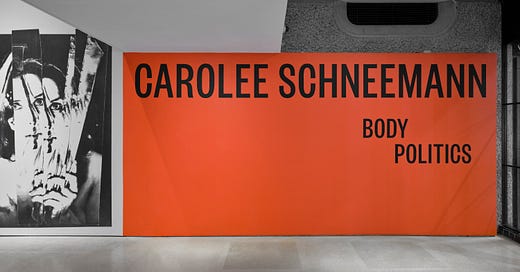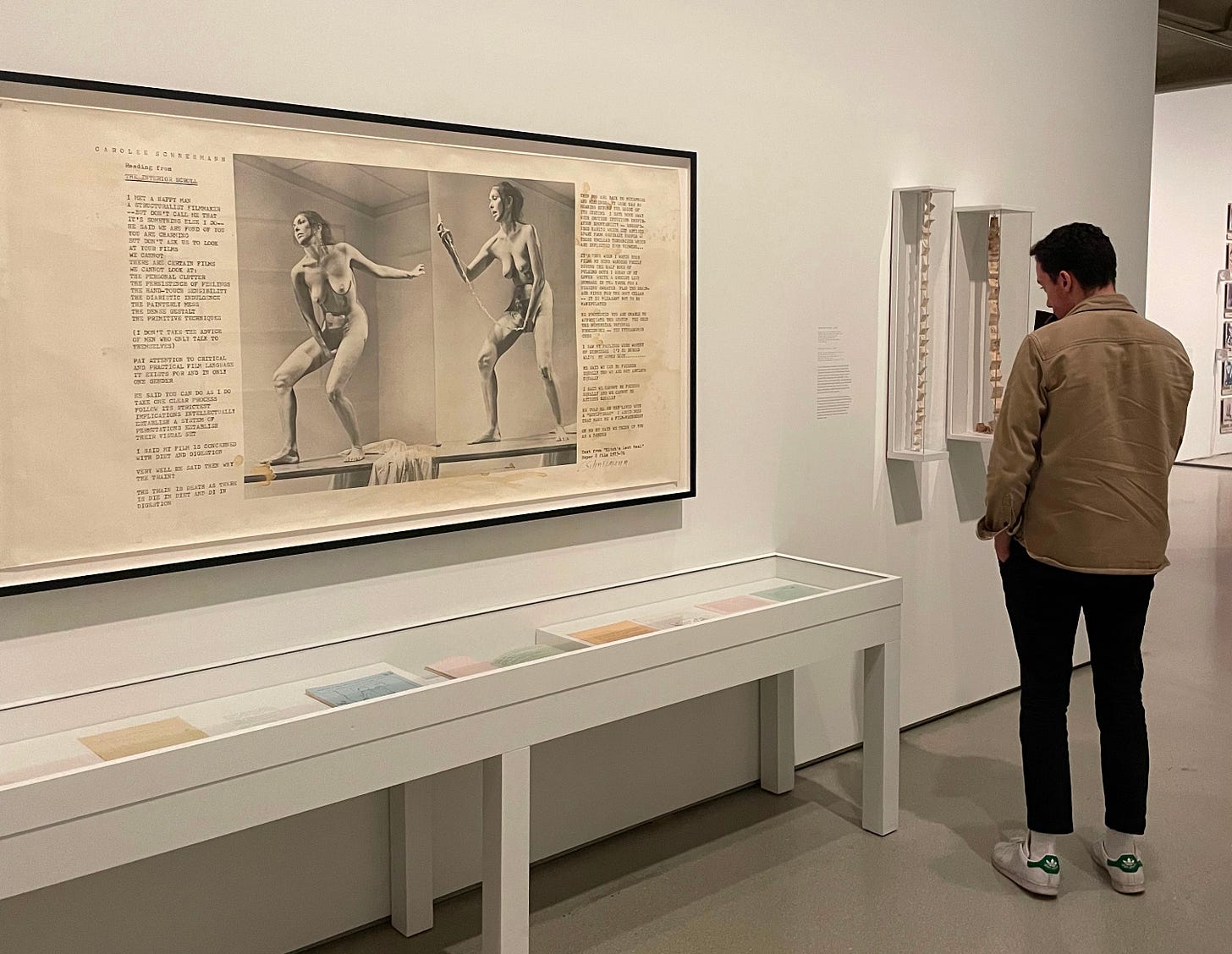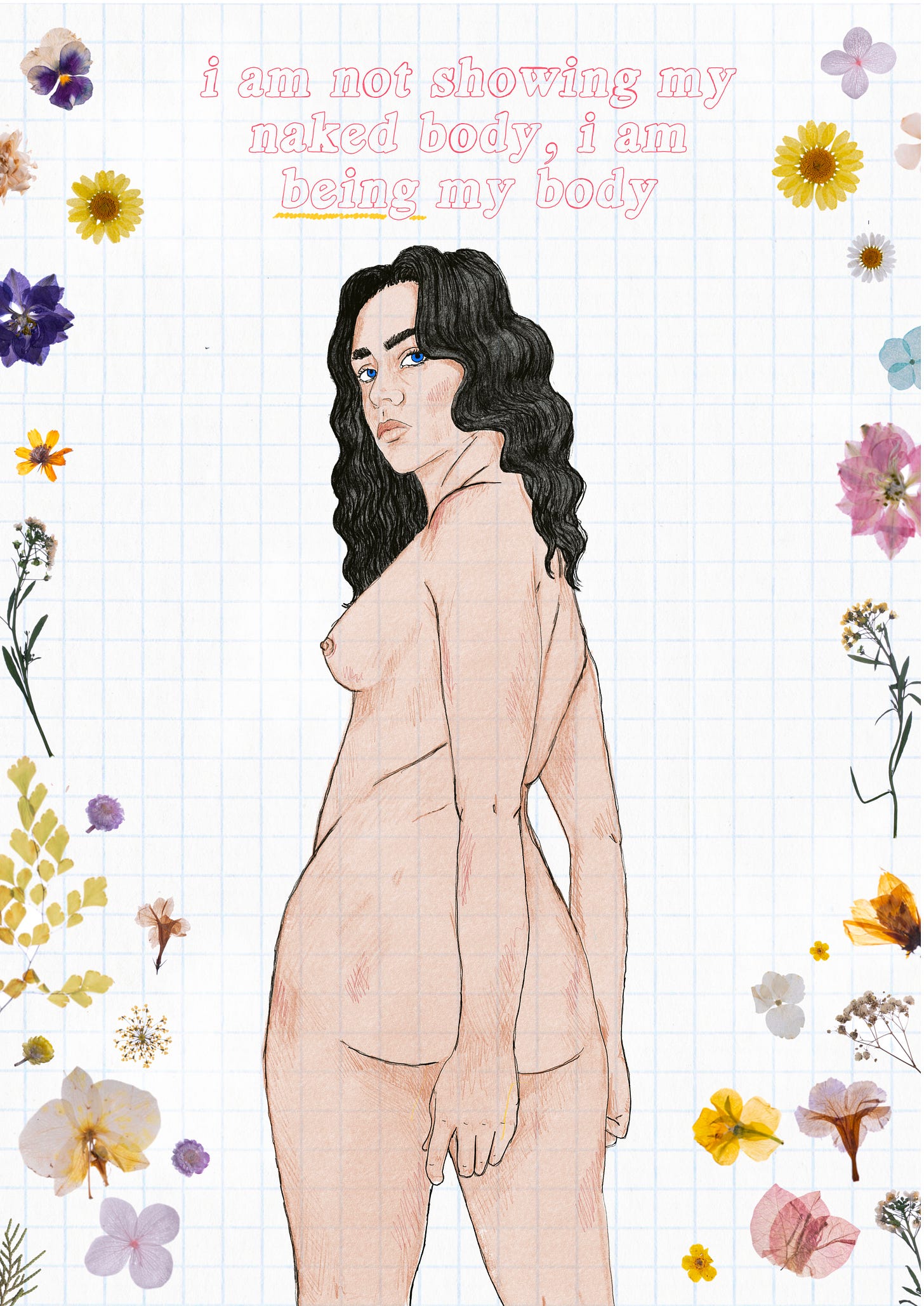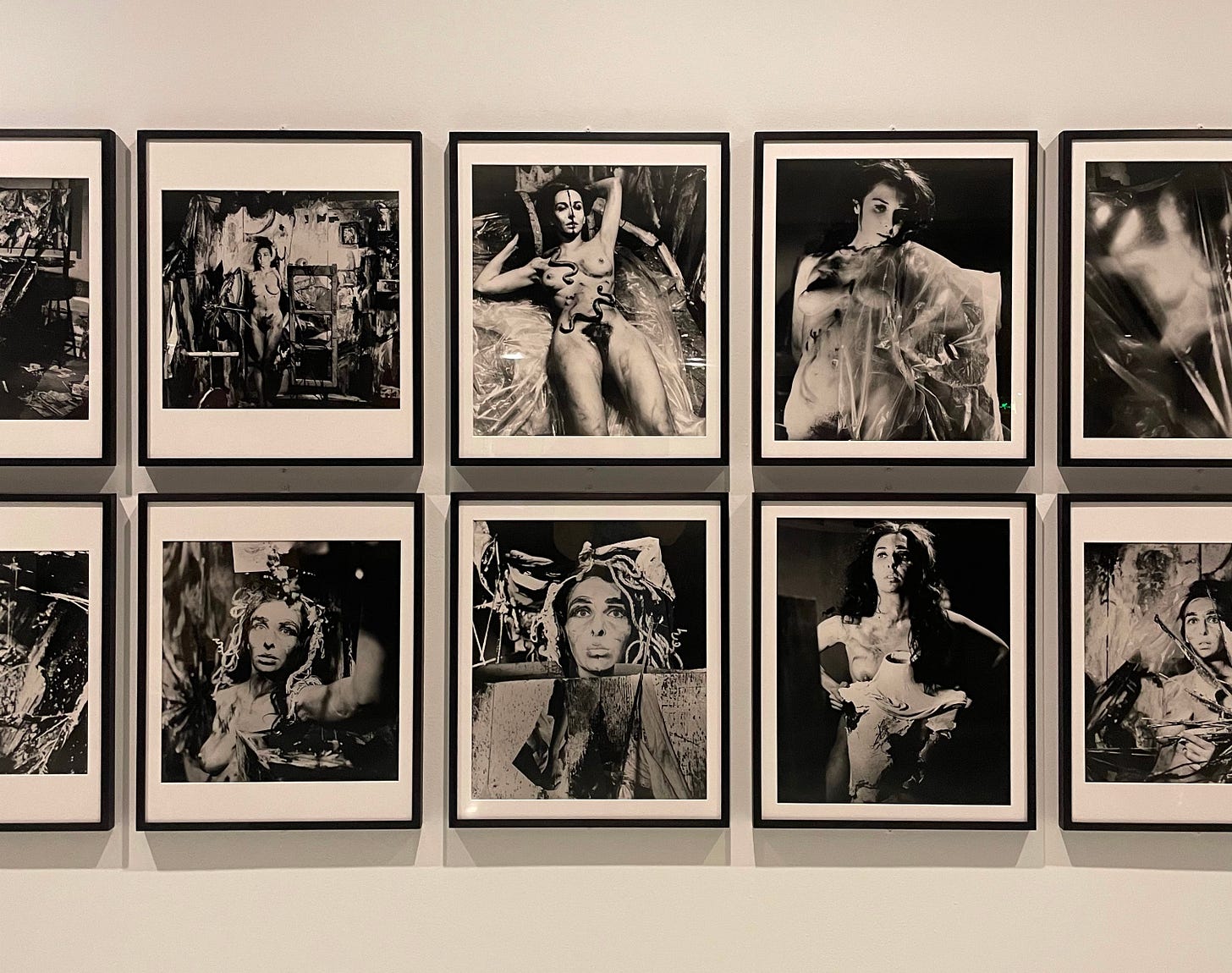Being My Body: A Tribute to Carolee Schneemann
My artwork submitted to the Inspirational Women Artists exhibition at God's House Tower, Southampton, 2023.
The revolution of Carolee Schneemann was in how fearlessly she inhabited her , discovery that transformed my approach to my own work. When I visited Carolee Schneemann’s retrospective "Body Politics" exhibition at the Barbican in London, I was completely unaware of her revolutionary impact on contemporary art. It became a transformative experience that would ultimately inspire my own artistic journey.
The Barbican's exhibition was the first major UK survey of Schneemann's work and the first significant showcase since her death in 2019. With over 300 objects spanning six decades of her career, it revealed the extraordinary breadth of her artistic vision. From paintings and sculptural assemblages to performance documentation, films, and multimedia installations. What struck me most was how she consistently pushed against categorisation, insisting throughout her life that she was "a painter who expanded to other media" rather than being limited by any single artistic identity.
Schneemann, who passed away in 2019, was a pioneer who fearlessly challenged the boundaries between artist and artwork, between the creator and the created. In a cruel irony that only reinforces the continued relevance of her work, Instagram removed thousands of tribute posts following her death simply because much of her art featured her own nude body – the very censorship she had fought against throughout her career.
Two aspects of Schneemann's practice particularly resonated with me. First was her remarkably innovative approach to mixed media. Long before "digital art" existed as a concept, Schneemann was pushing the boundaries of technological expression, burning and chemically altering film, repurposing television sets, and creating immersive video environments. Her work possessed a tactile quality even when using mechanical reproduction methods; she manipulated cameras and film as physical objects rather than mere recording devices. Schneemann's landmark film "Fuses" (1964-67) is a self-shot, intimate portrait of the artist and her partner James Tenney making love, deliberately processed through various experimental techniques including burning, staining, and painting directly on the celluloid.
Also on display were Schneeman’s “life books”, large sketchbooks where she kept a meticulous documentation of everyday life, collecting photographs, handwritten notes, ephemera like receipts and phone numbers, exhibition reviews, and personal mementos, revealing an artist who understood the power of the mundane as creative material. These collections weren't merely archives but became works of art themselves, transforming ordinary moments into a visual autobiography. Schneemann's sketchbooks created a personal narrative that blurred the boundaries between art and life, showing how our daily experiences shape our creative identity.
Her approach to collecting and collaging these fragments validated my own tendency to preserve seemingly insignificant items, inspiring me to incorporate similar documentary processes in my digital collages. The way she elevated everyday ephemera into meaningful artistic expression directly connects to my practice of combining found materials with intimate portraits, creating work that exists between memory and documentation. Seeing her vast personal library spanning psychoanalysis, philosophy, art history, and nature further reinforced how the intellectual and emotional aspects of life can be seamlessly woven into artistic practice.
Something that resonated with me was discovering a letter she wrote to a friend in the 1960s who had questioned her decision to use her body as an extension of her canvas. Schneemann's response was both defiant and illuminating: "I am not showing my naked body, I am being my body." This powerful declaration became the centrepiece of my tribute piece, rendered in soft pink outline against grid paper that evokes both traditional artistic measurement and the clinical categorisation of women's bodies.
The figure in my piece stands in classical contrapposto, surrounded by pressed flowers that symbolise both fragility and preservation. These botanical elements serve as a metaphor for how women's bodies have been simultaneously glorified and pressed into rigid expectations, decorative yet contained. The blue eyes gaze directly at the viewer, challenging the notion of the passive female nude that has dominated art history.
Through this work, I wanted to honour Schneemann's legacy while continuing her conversation about bodily autonomy and artistic expression. Her insistence that a woman could be both subject and creator, both the medium and the message, opened doors for countless female artists who followed. What began as my personal discovery of an artist previously unknown to me became an opportunity to engage with her revolutionary ideas and translate them through my own artistic voice.
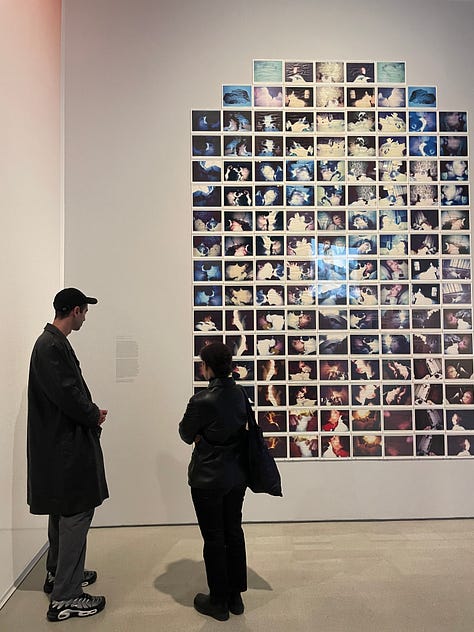
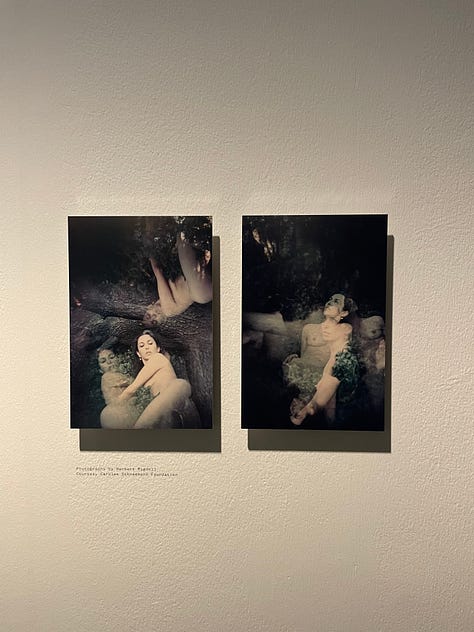
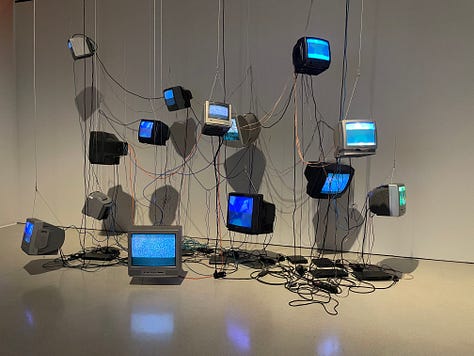
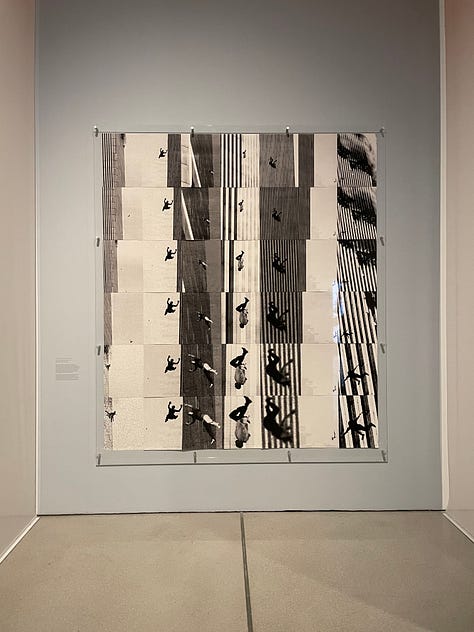
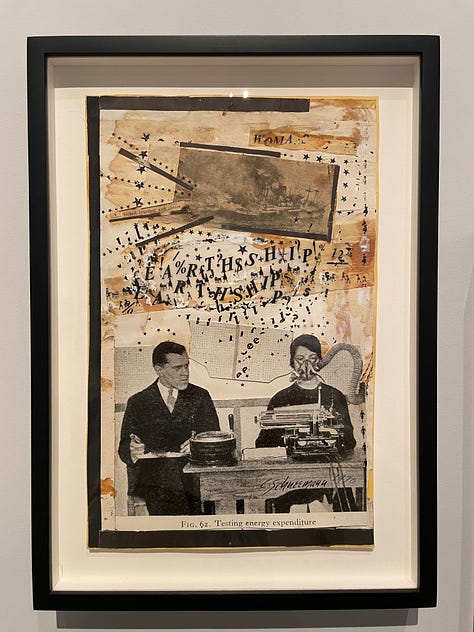
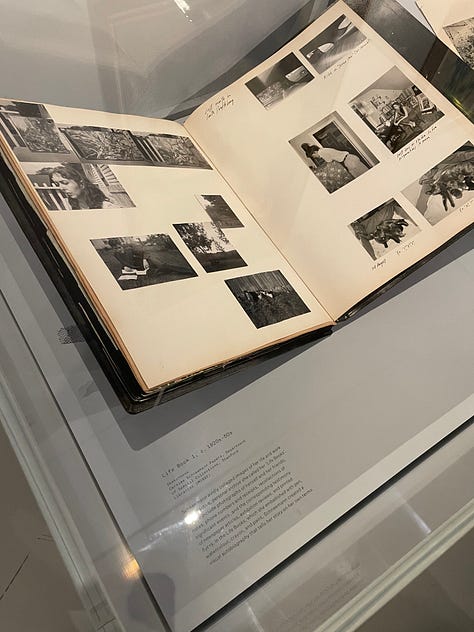
The second profound takeaway I took from the exhibition was Schneemann's unwavering commitment to her artistic vision in the face of significant pushback. She didn't shy away from the transgressive or the revolting, she embraced these elements as essential to her truthful expression. Her infamous performances like "Interior Scroll" (1975) and "Meat Joy" (1964) deliberately confronted taboos around women's bodies and sexuality. What must have required immense strength was her ability to create from her internal world while resisting the external gaze that sought to shape, contain, or commercialise her expression.
This aspect of her work has forced me to examine my own creative process. I often find myself anticipating how others might perceive my work as I'm making it, unconsciously adjusting to make things more palatable or acceptable. Schneemann's example challenges me to question: How much of my artistic decision-making is influenced by an internalized external gaze? What would my work look like if I created solely from my inner truth without concern for reception?
In a world where female bodies continue to be policed, censored, and commodified, Schneemann's declaration "I am not showing my naked body, I am being my body" remains as radical and necessary as ever. This piece is my contribution to keeping that vital conversation alive, and a reminder to myself to create with the same fearless authenticity that made Schneemann's work so transformative.


